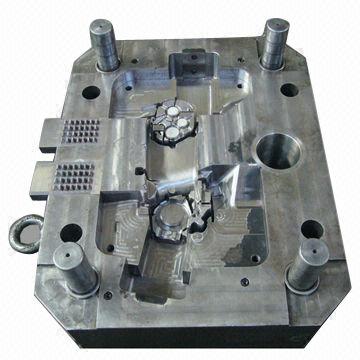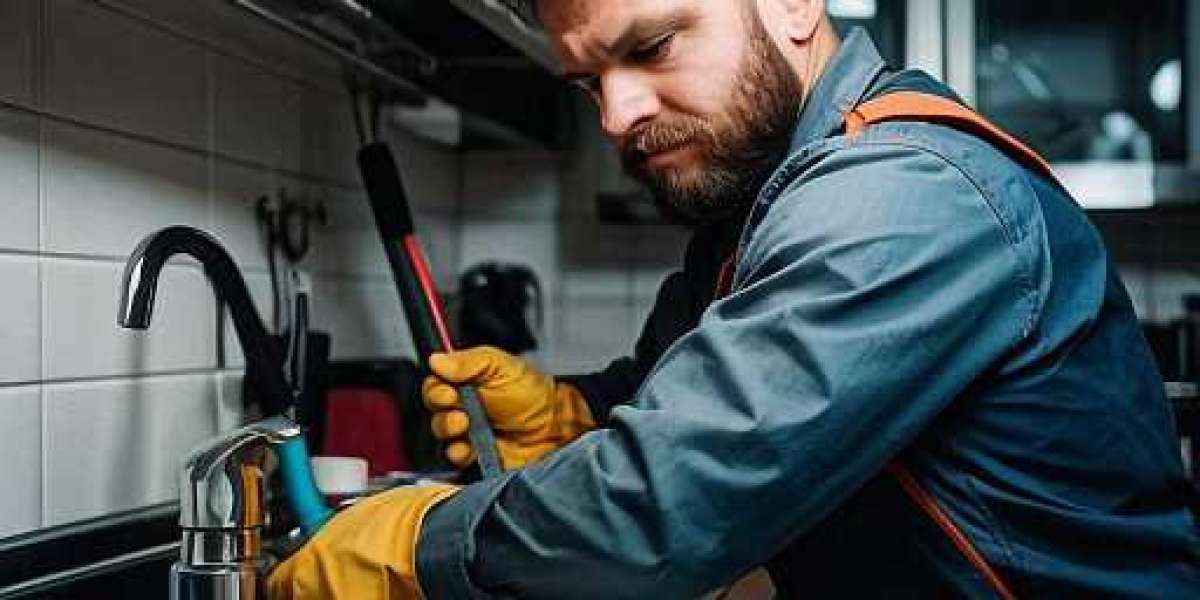It has become a general trend that the technology of 3D printing is being used more and more extensively in the construction of transportation facilities. This is due to the many benefits that this technology offers, including the ability to improve efficiency, save time, and reduce costs. The field of transportation is going to see even more significant benefits from 3D printing in the not too distant future. In spite of the fact that it has not yet achieved the level of widespread popularity, it has made its way into every facet of human life. You can find examples of 3D printing in use today in a variety of different types of vehicles, including those that travel by sea, land, and air. One could say that 3D printing is present in every part of the universe, from outer space to the depths of the earth. Nowadays, parts of spacecraft are printed using 3D printing technology, but did you know that a rocket that was entirely printed using 3D printing technology was recently manufactured and successfully launched?.

Tripodmaker, a Belgian company that specializes in 3D printing, just zinc die castings recently introduced its newest FDM 3D printer, the Black Edition V2. The rocket, whose body was covered in a red and white checkered pattern, was able to successfully sail for four hours before coming to a stop 300 kilometers away from where it had been launched.
In the aviation industry, 3D printing is primarily used to make aircraft parts in order to help reduce the overall weight of aircraft, much like how it is used in the aerospace industry. In April of this year, Boeing made the announcement that it would hire Norsk Titanium AS, a company that specializes in the 3D printing of metals, to print titanium alloy parts for the 787 Dreamliner in order to solve the problem of the Boeing 787 being overweight. This concept was put to the test in the first large aircraft ever built in my country, the C919, which had its first flight early in the month of May and was a complete and total success. The 3D printed titanium alloy parts were first used in China's civil aircraft, where they achieved the effects of lowering the aircraft's structural weight, extending the service life, and improving fuel economy.
There were many concept model cars that announced the application of 3D printing technology that were displayed at a variety of auto shows in the past; however, very few of these cars were actually able to enter the market. This circumstance is currently undergoing a shift. After a year of trying, the team at the Italian Design die casting Center of Jianghuai Group finally perfected the first-generation 3D printer last month. Their goal is to apply 3D printing to the complete vehicle production link of the small smart electric vehicle project, which was initiated in March of the previous year. At this time, the chassis, which is a component of the first product, has been finished and it is anticipated that mass production will begin by the end of the first quarter of 2018.
LocalMotors, an American company that specializes in 3D printing cars, recently made an announcement that its 3D printing Internet of Things minibus, which was jointly launched with IBM, will soon be put into mass production. Additionally, the German Federal Railways DeutscheBahn has placed aluminum casting an order for 50 units of the vehicle. LocalMotors has developed an innovative and energizing new method of fabricating automobiles with the assistance of 3D printing technology. It is the result of the insane plan that Elon Musk, CEO of Tesla, had.
It has been reported that Elon Musk started a new company at the beginning of this month called "The Boring Company," with the intention of using 3D printing and tunneling to construct an underground transportation network in order to alleviate the problems caused by traffic congestion. This method will play a role in reducing the costs of construction materials and labor, as it requires the consumption of fewer building materials than conventional methods. Imagine that in the future, when we travel through a congested road section, we will only need to park the car at the designated place, and the car will automatically sink to the 3D printed underground track through the elevator in the parking space. It will then reach the destination near the destination at a high speed through the conveyor in the tunnel. All we will have to do is park the car at the designated place. The speed can get up die casting mould to 200 kilometers per hour. We are going to hold off judgment until we see how far this plan develops.
Not only can 3D printing be used for land transportation, but it can also be used for water transportation. It goes without saying that 3D printing is utilized in the production of ship parts; however, what is even more exciting is the prospect of fully 3D printed ships in the near future. The Italian start-up company Livrea is collaborating with the American company Autodesk, which specializes in 3D printing, to create a fully 3D printed racing yacht. Livrea plans to finish the 3D printed racing boat in time for the 2019 solo transatlantic regatta so that it can take part in the competition. Not too long ago, the two companies successfully completed one of the largest components of the sailing boat.
The sailboat that was 3D printed came out after the bridge that was 3D printed. In February of this year, the world's first bridge to be printed using 3D printing technology was presented to the public in a park in Madrid, Spain. After 15 years of nonstop experimentation, the researchers finally made the sketches into a reality in order to construct the bridge. This was the final step in the process. The length of the bridge is 12 meters, and its width is 1. As a result of the fact that 3D printed bridges are simpler to operate than conventional bridges and have the potential to significantly cut down on waste materials, the market has significant potential. Not content to show off their skills only on the water's surface, 3D printers have ventured into the unknown territory of underwater exploration, and their first applications have been on submarines. S. Navy Metal Processing Center led a naval manufacturing technology project to study the use of 3D printing technology to print the sand molds and cores required for the casting of HY series steel complex parts. This will result in a cost savings of 271,000 yuan for each Virginia-class submarine dollar cost, which is equivalent to a savings of $1. 1 million per Ohio replacement boat. Both systems will result in a savings of $4. This piece's main body is comprised of a significant number of 3D-printed components that were developed specifically with the competition in mind. The designers of the submarine decided to use 3D printing because it allows them to finish the construction of the submarine before the deadline for the competition while keeping the costs within the financial constraints of the school.
Some of the applications of 3D printing in the field of sea, land, and air transportation have matured and have begun to enter the daily life of ordinary people. Nevertheless, with many advantages such as improving efficiency, saving time, and reducing costs, it has become a general trend that 3D printing is more and more widely used in the construction of transportation facilities. This is due to the fact that 3D printing is more cost-effective than traditional methods and can produce more accurate results. The field of transportation is going to see some truly remarkable advancements made possible by 3D printing in the not-too-distant future.








